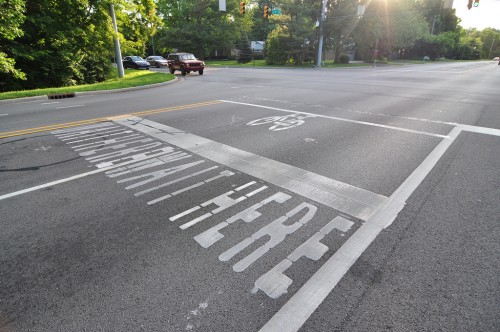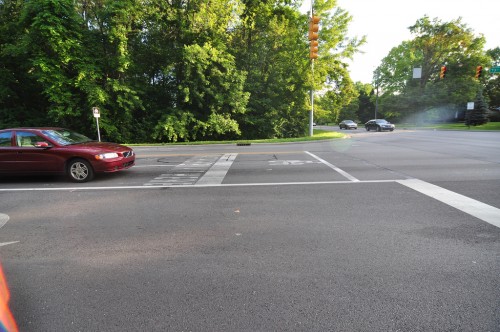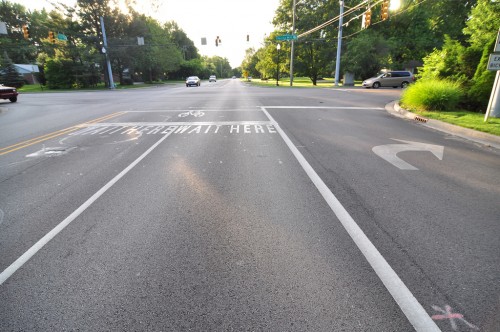Reviewer: Amanda Croxton
Article: Lindberg et al, Pediatrics 2013
Objective: Validate that AST/ALT >80 IU/L improves identification of occult abdominal injury in children of abuse.
Why this article: Earlier this year I completed an elective with the child protection team and was first introduced to using transaminases in screening for children with concern for abuse. I was told about a case in which the child had significantly elevated AST/ALT at an OSH and subsequently did not receive imaging and was diagnosed with acute hepatitis, he was sent home and ultimately died of a liver laceration.
I had a case in the PICU this year of a child with an acute stroke without apparent etiology and child abuse was a concern, she had elevated transaminases upon admission but multiple providers including PICU attendings, surgery attendings and even child protection team were in disagreement about further working up occult abdominal trauma so I wanted to investigate the validity of using transaminases as a screen in workup of these children.
I did a pubmed search for “hepatic transaminases and child abuse” and came upon this study which I felt was recent and comprehensive to explore this topic.
Methods: The author’s did a retrospective secondary analysis of a multicenter observational study, Examining Siblings To Recognize Abuse research network, that was previously completed. The study was completed at20 different centers with established child abuse teams.
2890 children were enrolled in the study between January 2010 and April 2011. Inclusion criteria were children <10 years old and had undergone subspecialty evaluation for concerns for abuse. As this was an observational study, no protocol for screening was endorsed and there were no interventions to increase screening.
Physicians recorded the results of the LFTs and whether or not the child had undergone definitive testing (including abdominal CT, MRI, surgical exploration or autopsy). Any injury to abdominal organs were considered positive, bony injuries and isolated elevation of lab tests were excluded.
Categorical variables of tested vs. non tested were compared with chi-square tests, Mann-Whitney U test was used to evaluate continuous variables and odds ratio was used for dichotomous variables of testing and definitive imaging. Likelihood ratios for detecting abdominal injuries were calculated using the highest of the ALT vs. AST of the first value obtained.
Results: There were 2892 patients enrolled in the study. Of these 82 had 1+ intrabdominal injury identified. In the subjects that had abdominal injuries, they were perceived to have a HIGH likelihood of having been abused prior to work-up using the 7 point scale of abuse likelihood. These subjects that had abdominal injuries had a highter mortality 11% of injured patients and onlt 2.5% overall. Also of note, the subjects with injuries has a median age of 20.5 months compared to 11 months as the median age of participants in the study.
In regards to transaminases, 1538 of the 2892 children had LFT testing. These children tended to be higher risk and had a higher perceived likelihood of abuse as well as more non-abdominal injuries identified. Of the 1538 that had transaminases, 298 (19.4%) had definitive testing and 4.8% had intrabdominal injury. Of those that did not have transaminases 2.1% had definitive testing and 0.6% had injuries identified. The ROC curve for highest transaminase level had an AUC of 0.87 for identification of intraabdominal injury. Transaminases >80 had a sensitivity of 83.8% and specificity of 83.1% of predicting injury. Physical exam looking at bruising, tenderness, distention or abnormal bowel sounds occurred in 47 children for a sensitivity of 57.3.
Reviewer Comments: This article was extremely valuable to me validated the use of hepatic transaminases in screening of patients with concern for abuse. It was impressive to me that there was a sensitivity and specificity of ~83% of just one elevated transaminase vs. the sensitivity of the physical exam alone being on 57%. While there is certainly an expense to running LFT’s on every patient with concern for abuse, this expense seems worth it given the expense of the morbidity and mortality of abuse not verified.






